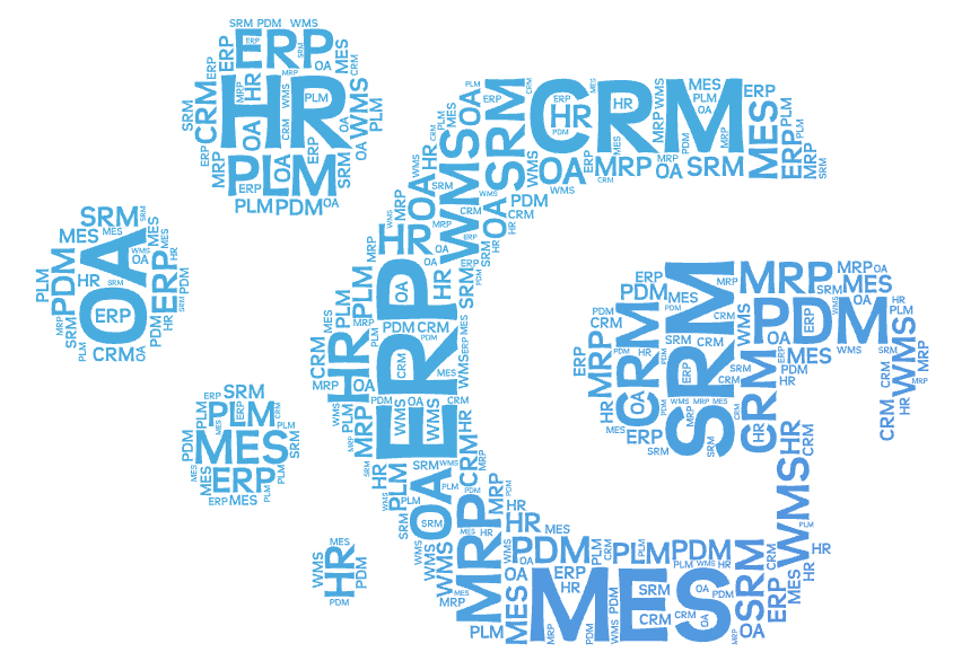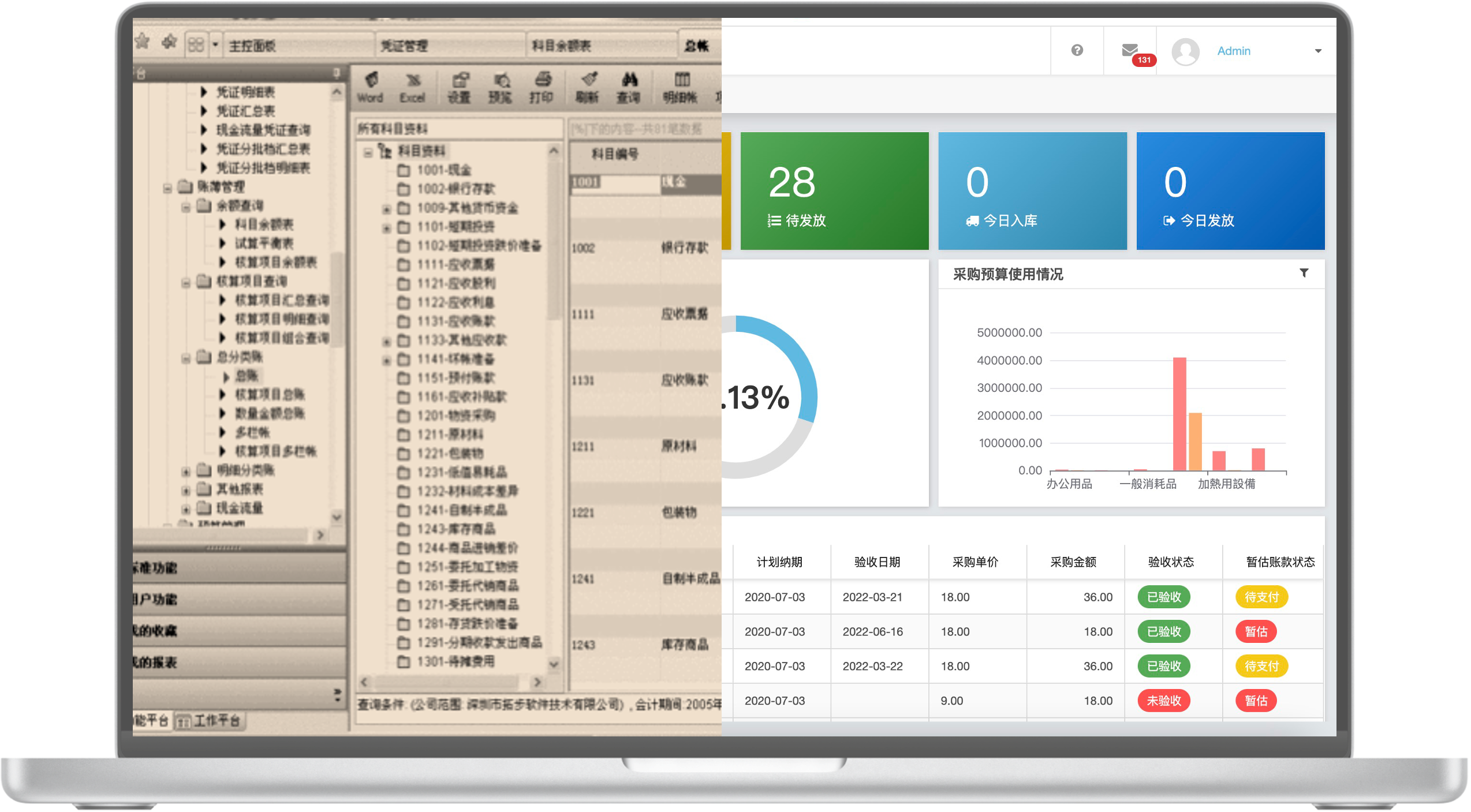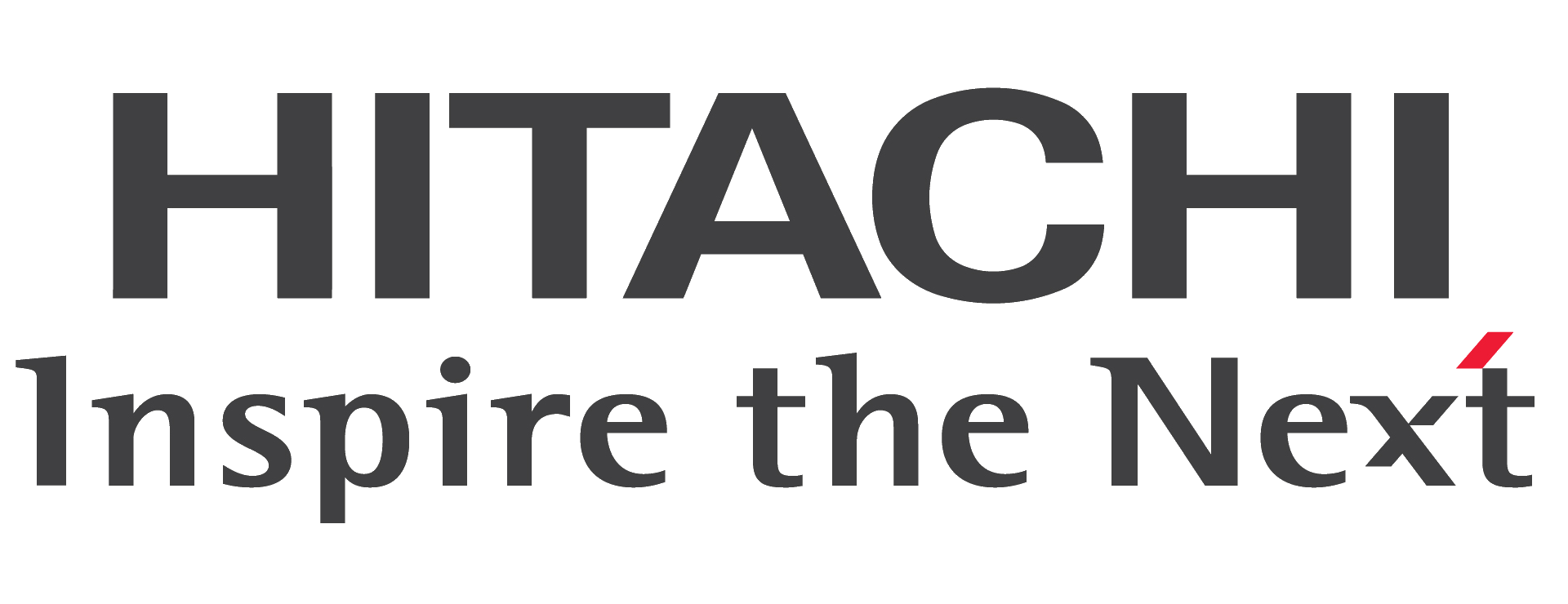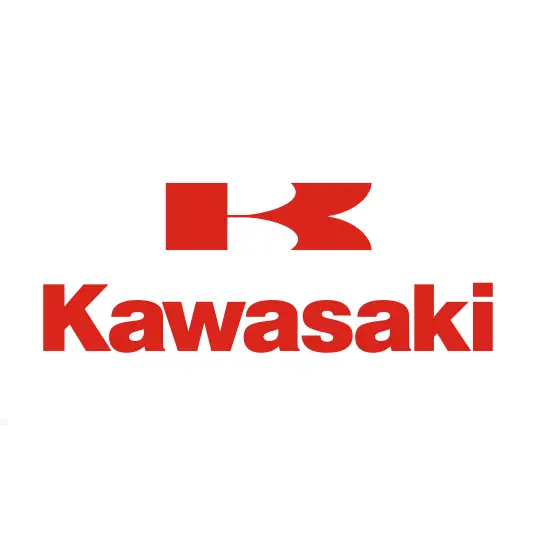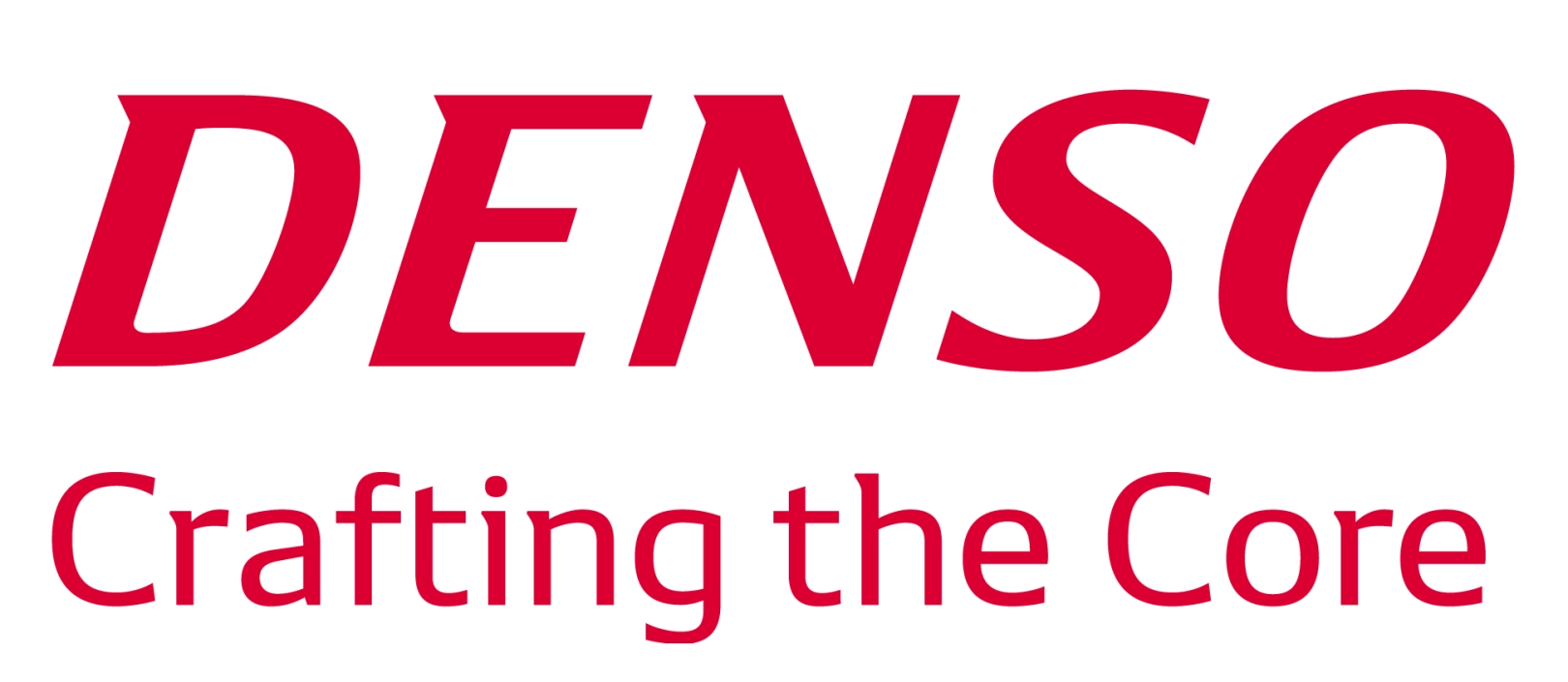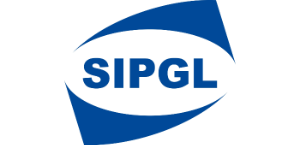Features of G1 Low-Code
Configure instead of code, a new generation of rapid development tools
Form engine
Use the G1 form engine to replace traditional DB design, DAO/Service/Controller/front-end development with a single form configuration. Supports field linkage, form validation, data processing APIs, and more.
Process engine
Supports two process modes: approval flow and workflow, suitable for complex business scenarios. Visual process configuration tools help quickly establish and maintain processes. Role swimlane design makes process configuration simpler and more intuitive.
Report engine
Uses the G1 low-code chart engine to configure a variety of charts, such as pie charts, bar charts, and line charts, and quickly generate data dashboards. Supports outputting and printing reports using Excel/Word templates.
Multi-language support
Supports up to five languages simultaneously, including Chinese, English, and Japanese. With the built-in automatic translation interface of G1 low-code, only one configuration is needed to generate a multi-language environment with a single click.
AI-enabled
Intelligent development: Automatically analyzes user business needs and generates system logic code; Intelligent analysis: Uses natural language for data mining and analysis.
One-click deployment
G1 low-code supports one-click deployment to a local server, with cloud configuration information automatically synchronized to the local environment. After synchronization, it supports continuous upgrades.
